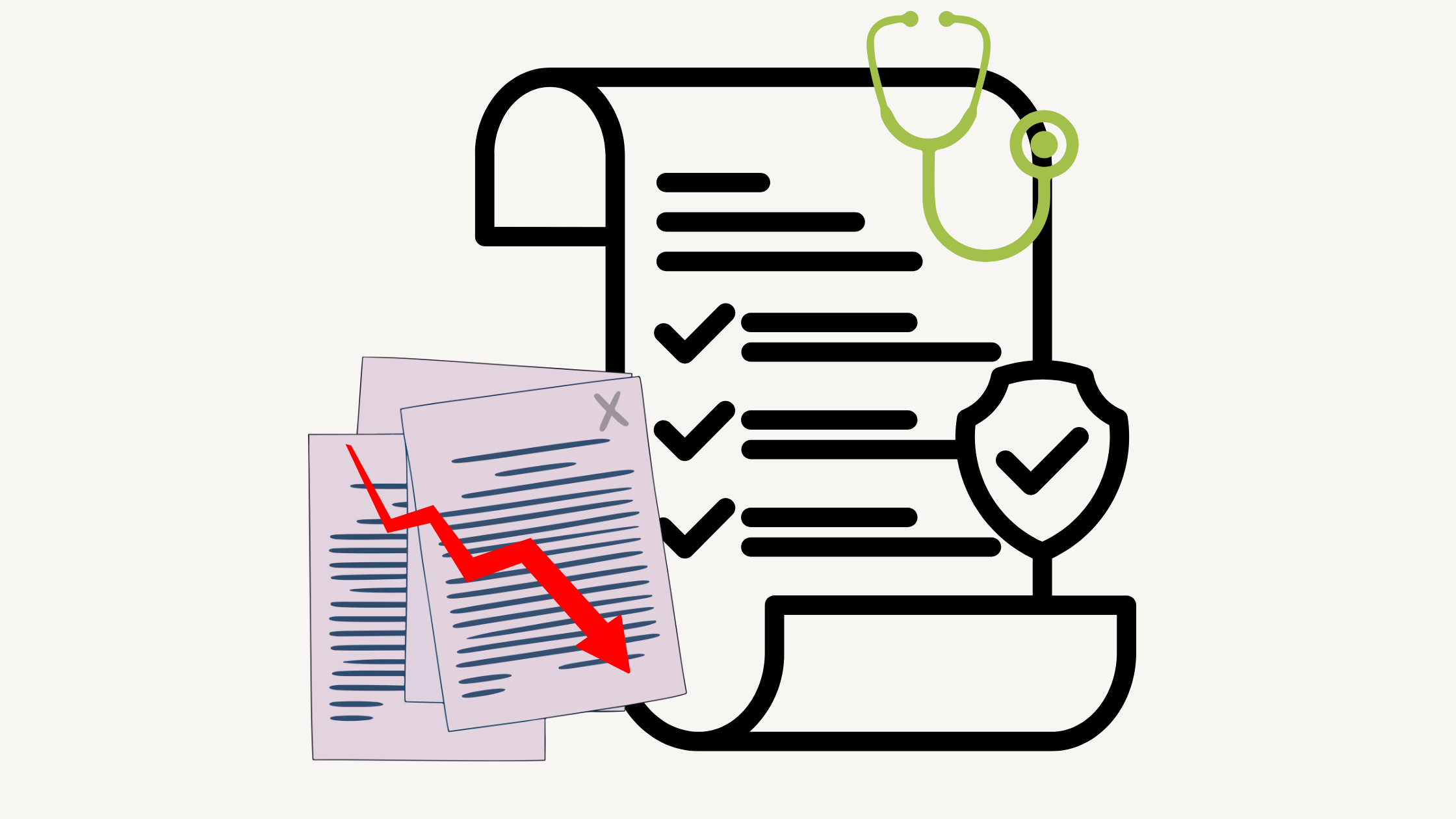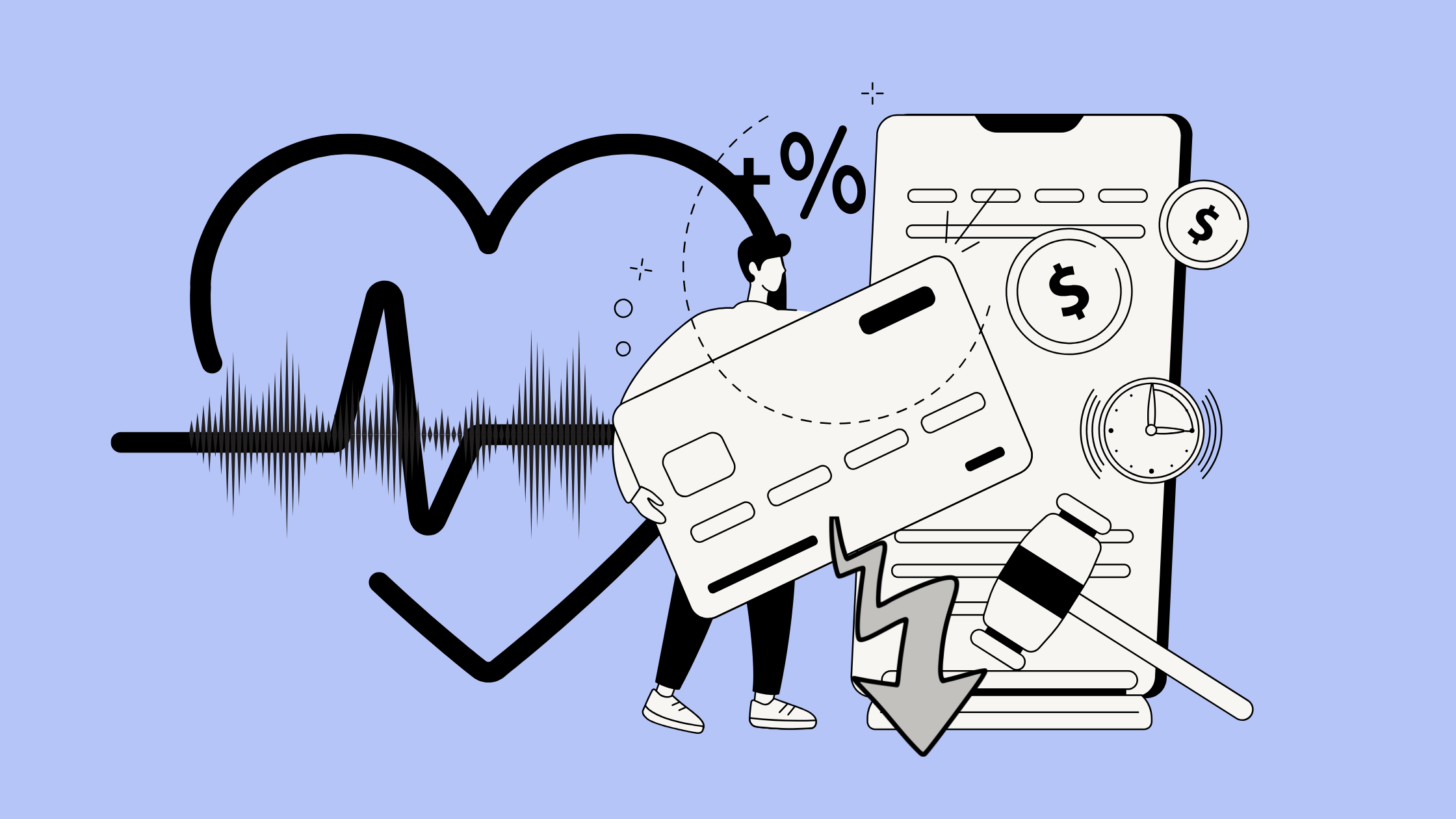TL;DR: Cigna’s planned policy would automatically downcode many Level 4 and 5 visits, cutting payments for complex care physicians have already provided. It signals a bigger shift in healthcare: insurers taking more control over reimbursement decisions. For providers, that means more administrative work and millions in lost revenue. The fix? Smarter contract intelligence tools that flag downcoded claims, surface payer contract terms instantly, and help recover what you’re owed — fast.
What Is Cigna’s E/M Downcoding Policy?
On October 1st, 2025, Cigna Healthcare had planned to introduce a new policy that would automatically downcode certain Level 4 and Level 5 Evaluation and Management (E/M) claims. In other words, physicians in affected cases would be reimbursed at a lower rate than the care provided warrants. Although Cigna has paused the policy’s implementation following pushback from medical organizations, the concerns behind that resistance are well-founded.
Cigna says the policy was designed to ensure accurate, consistent reimbursement and protect customers from overbilling. They also state that it’s for atypical billing patterns, thus not affecting all providers. However, many physicians are concerned because atypical billing patterns can’t always be controlled, and could trigger downcoding even when the care provided is fully justified.
In reality, this new approach shifts the judgment of medical necessity from physicians to insurers, effectively letting them — not healthcare experts — decide what level of care was warranted and what it’s worth.
How Cigna’s Policy Impacts Physicians and Healthcare Providers
Downcoding in medical billing — when a service or procedure is billed at a lower level than what was actually performed — is a common issue and a major driver of healthcare underpayments. What makes Cigna’s policy especially concerning is that these downcodes can occur automatically, without review.
Administrative Burdens
Each automatic downcode means less money for the same work, which no practice wants. Implementing this would mean staff now have to submit extra documentation or appeal decisions to prove the coding was accurate. These additional steps add hours of administrative work and strain already busy physicians and billing teams.
Financial Hit
Put simply, undercoding leads to underpayments. When providers are reimbursed at lower levels, earnings drop. The time spent on appeals to justify denied Level 4 or 5 claims adds costs and delays cash flow. In many cases, the workload becomes so high that not all denials can be challenged, meaning even greater financial losses.
Provider-Insurer Dynamics
The policy also threatens trust between providers and insurers. Doctors rely on established coding standards to ensure fair payment for complex visits. If insurers change codes unilaterally, it introduces uncertainty and could discourage physicians from spending extra time with complex patients, ultimately affecting the quality and accessibility of care.
While Cigna may be leading this shift, other insurers are watching. If this approach spreads, it could set a dangerous precedent for how payers handle coding and reimbursement in the future.
What Can Hospitals and Practices Do About Cigna’s Downcoding Policy?
Hospitals and physician groups can arm themselves with tools that make it easier to challenge unfair downcoding and recover lost revenue.
The key is visibility into claims. When a claim gets downcoded, you need to know exactly what your payer contract says, and quickly find the specific language that proves your higher-level code was appropriate. You also need a fast, organized way to submit appeals with strong documentation that backs up your case.
That’s where contract intelligence solutions like Intelizen come in. Intelizen automatically finds, flags, and recovers payment discrepancies caused by complex insurance rules and coding errors, helping hospital finance teams get the money they’re owed — quickly and easily.
- Review payer contracts automatically: Intelizen extracts and organizes contract details using AI, giving your team complete visibility into negotiated rates and terms. No more digging through scattered PDFs or hundreds of pages to figure out what you’re owed.
- Spot and verify underpayments: The platform proactively checks submitted claims against your contract’s agreed-upon rates to find where payers have shorted you, like with downcoded or incorrectly paid claims.
- Recapture revenue easily: When payment gaps are found, Intelizen automatically generates appeal packets and supporting documentation to help your team recover funds quickly. It provides the proof needed to show the insurer why a claim should be paid, and even assembles the appeal based on each insurer’s specific policies.
By accelerating these steps, health systems can save hours of manual work and recover thousands in lost revenue, while ensuring that physicians are fairly compensated for the care they deliver.
The Takeaway
Cigna’s downcoding policy is part of a bigger trend: insurers are making payment rules stricter and shifting the administrative burden to providers. It’s frustrating, time-consuming, and it threatens the financial health of medical practices everywhere.
But technology is giving hospitals and providers a way to push back. With contract intelligence solutions like Intelizen, teams fight denials faster and protect the revenue they’ve earned, without drowning in paperwork.
At the end of the day, doctors should be focusing on patient care, not proving they deserve to get paid for it.
Denied claims and underpayments could be costing your hospital millions — schedule a free audit to see exactly what you’re owed.





